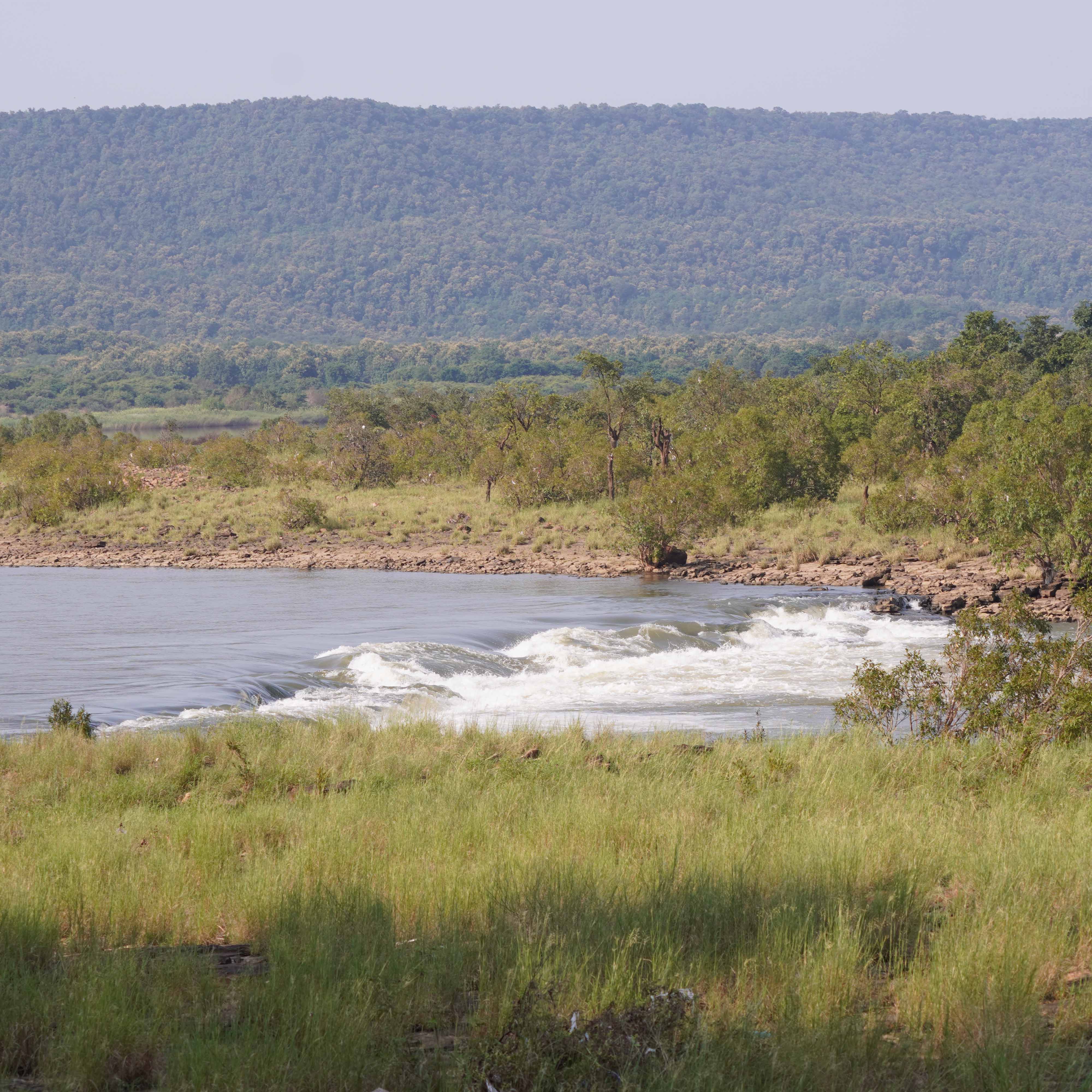

Panna Tiger Reserve is one of the most important wildlife reserves in central India, located in the northern part of Madhya Pradesh in the Vindhya mountain range. It is famous for successful tiger reintroduction, rich biodiversity, scenic waterfalls, and the Ken River flowing through it.
✅ Established as a National Park: 1981
✅ Declared Tiger Reserve: 1994 (22nd in India)
✅ UNESCO Biosphere Reserve: 2020
Originally, Panna forest area was hunting ground of royal families. The park was created to protect dwindling wildlife, particularly tigers, and revive the ecosystem. After tiger extinction in 2009, it became India’s biggest tiger reintroduction success story.
Spread over 542.67 sq.km (Core) and 1021 sq.km (Buffer), the reserve lies in Vindhyan plateau. It features plateaus, gorges, teak forests, grasslands, and the Ken River gorge. Seasonal waterfalls like Pandav Falls, Raneh Falls, and unique sandstone formations add natural beauty.

In 2009, Panna made headlines when it lost all its tigers due to poaching and mismanagement. This tragic loss was met with swift action by forest officials and wildlife experts. A bold and unprecedented reintroduction program was launched to repopulate tigers in the reserve.
Under the leadership of IFS officer R.Sreenivasa Murthy and the support of then Field Director R.K.Singh, two tigresses were translocated from Bandhavgarh and Kanha Tiger Reserves, and one male tiger was later introduced. These tigers adapted well, marked territory, and successfully bred in the wild.
Their cubs formed a new generation, and Panna became a model of conservation success. More than 50+ tigers have since been recorded in and around the park. Today, Panna’s success story is taught in conservation courses globally. The effort involved round-the-clock monitoring, radio-collaring, habitat management, and strict protection efforts.
Recognition: Panna received accolades from national and international bodies, including the Wildlife Institute of India, NTCA, and UNESCO.
By Road: Well-connected to Khajuraho (30 km), Satna (90 km), and Jhansi (176 km).
By Train: Nearest stations: Khajuraho, Satna, Katni.
By Air: Khajuraho Airport (45 min drive)
October to March for cool weather and rich wildlife spotting.
April to June is best for tiger sightings near water bodies but very hot.